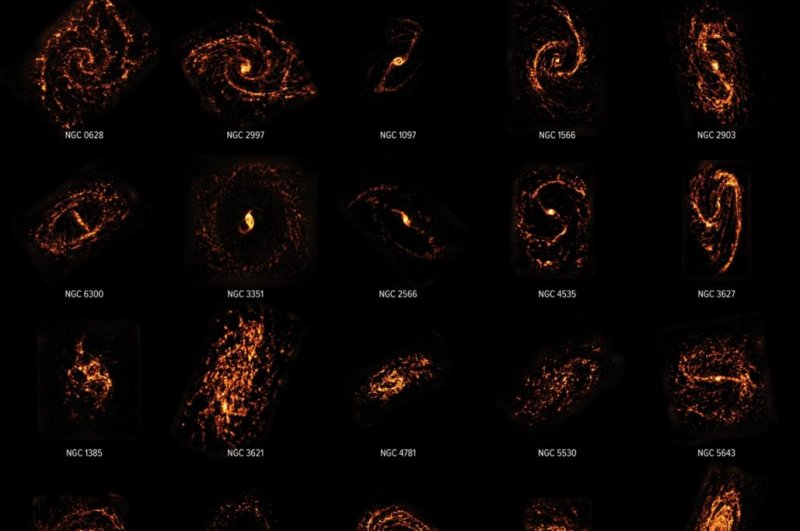Indigenous leaders in Manitoba say one of the first steps towards healing and reconciliation from the residential school system is for the federal government to finally refer to what happened in those schools as genocide.
“This was genocide, this is clear under international law it was an act of genocide,” Manitoba Keewatinowi Okimakanak (MKO) Grand Chief Garrison Settee said while taking part in a Facebook live chat on Wednesday morning with Indigenous leaders, and addressing the news of 215 Indigenous children’s bodies recently found in unmarked graves near a former residential school in Kamloops B.C.
“There can be no reconciling without truth, we have to admit it and address it for what it is, because there can be no reconciliation and there can be no healing unless the government who was the architect of these residential schools admit that this is genocide.”
There will now be added pressure on federal lawmakers to deem the residential school system as an act of genocide and state that it was “the deliberate, systemic destruction of a cultural group.”
“What happened in residential schools is consistent with Article II of the UN Genocide Convention full stop,” NDP MP Leah Gazan, who represents Winnipeg Centre, said in a press release on Wednesday morning. “It is time that this government acknowledge the truth and provide justice for survivors who went through the most serious acts of genocide.”
In her statement Gazan also stated her belief that there are likely many other graves with Indigenous children’s bodies in the areas where residential schools used to operate.
“The news of the 215 bodies found at the former site of Kamloops Residential School shows the scale of the tragedy, this is only one school. Grief and anger are justified reactions to this devastating news — and the certain knowledge that there are many other unmarked graves at many other residential schools,” Gazan said.
Grand Chief Settee said the origins of the residential school system should leave no doubt that the system was an attempt to annihilate an entire cultural group.
Video: Indigenous advocate says former residential school sites should be investigated (Global News)
“There was a discussion had in Parliament on whether to kill us all or assimilate us,” Settee said. “Those conversations were had in Parliament, so it is time for them to address it for what it is.”
And as Indigenous leaders look to have the residential school system deemed an act of genocide, they are also asking for the federal government to now step up and provide the resources needed to excavate grounds around former residential schools across Canada, because they are sure more children’s bodies will be discovered.
“Every residential school has to have a forensic investigation with proper sonar equipment because 215 is just the start of what we are going to start finding out,” Settee said.
“This is the start of realizing a lot of things that happened, so we need to ensure we have the capability and the capacity to work towards finding other unmarked graves, this is only the beginning of moving forward.”
Settee said although the discovery of more bodies could bring some closure to residential school survivors and their ancestors, he also wonders what horrors will be discovered once more grounds are dug up.
“I believe that the 215 discovered is just the tip of the iceberg,” he said.
The United Nations Genocide Convention defines genocide as “acts committed with intent to destroy, in whole or in part, a national, ethnic, racial or religious group, as such including the killing of its members, causing serious bodily or mental harm to members of the group, deliberately imposing living conditions that seek to bring about its physical destruction in whole or in part, preventing births, or forcibly transferring children out of the group to another group.”
Dave Baxter, Local Journalism Initiative Reporter, Winnipeg Sun
















